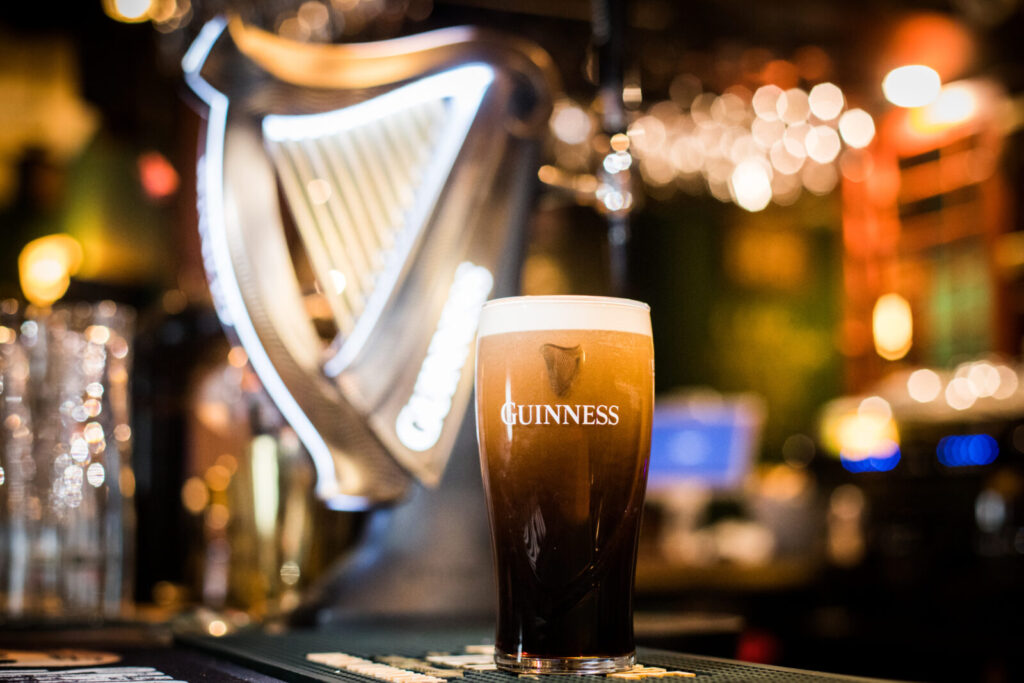Brief • 2 min Read

Mother’s Day is right around the corner and while there are many traditions associated with the holiday – gifting flowers, serving breakfast in bed – marketing could be challenging for advertisers moving forward. Hundreds of thousands of families have experienced losses and separation from loved ones as a result of the COVID-19 outbreak; in a recent poll conducted on behalf of Ad Age, the Harris Poll found that brands stand to gain favor among consumers by showing sensitivity toward those whose family situation has changed during the pandemic.
Mother’s Day celebrations are returning to “normal.”
- Buying a gift or card remains the most popular way for US adults to celebrate mom (37%), followed closely by at-home gatherings (31%). Perhaps surprisingly, only 10% of US adults plan to host a virtual gathering. That said, there seems to still be some hesitation around dining out, as only 23% of US adults plan to go to a restaurant.
- Similarly, spend has largely reached an equilibrium. More than half of US adults that plan to celebrate Mother’s Day (54%) plan to spend the same amount of money on celebrations this year as they did prior to the COVID-19 outbreak. Only 11% plan to spend less.
Age has a distinct impact on planned activities over Mother’s Day.
- Gen Z is still most likely to celebrate Mother’s Day with gifts and cards, but they’re significantly more likely than other generations to put their crafting skills to work.
- Buy a gift or card: 48% of Gen Z vs 37% of US adults
- Make a gift or card: 46% of Gen Z vs 16% of US adults
- Perhaps surprisingly, Millennials are more likely than other generations – including Gen Z – to take a digital approach to their Mother’s Day celebrations. As they continue to grow their own families, they may be more inclined to celebrate or spend time with their immediate household, reaching out to their own parents digitally.
- Talking on the phone: 36% of Millennials vs 13% of Gen Z vs 25% of US adults
- Sending a text message: 34% of Millennials vs 15% of Gen Z vs 21% of US adults
- Having a virtual gathering: 16% of Millennials vs 7% of Gen Z vs 10% of US adults
Brands that respect the impact that COVID-19 has had on families stand to gain favor with most consumers, although it may not directly correspond to a spike in sales.
- Most US adults (66%) report that they would have a better opinion of brands that allow consumers to opt out of Mother’s Day messaging in the wake of the COVID-19 outbreak. However, only 29% would be more likely to purchase from a brand that did so.
- Again, age has a distinct impact – particularly on purchase intention. Nearly half of Gen Z (47%) and 38% of Millennials would be more likely to purchase from a brand that allowed consumers to opt out of potentially sensitive Mother’s Day messaging.
- Race and ethnicity are similarly related to purchase intention. Both Black and Hispanic consumers are no more or less likely than White adults to have a better opinion of a brand that allows consumers to opt out of Mother’s Day messaging, their purchase intention is significantly higher.
- Would have a better opinion of a brand that allows consumers to opt out of Mother’s Day messaging:
- White adults: 66%
- Black adults: 67%
- Hispanic adults: 67%
- Would be more likely to purchase from a brand that allows consumers to opt out of Mother’s Day messaging:
- White adults: 25%
- Black adults: 42%
- Hispanic adults: 36%
- Would have a better opinion of a brand that allows consumers to opt out of Mother’s Day messaging:
Methodology
This survey was conducted online within the United States by The Harris Poll on behalf of Ad Age during April 27-28, 2021, among 1,000 U.S. adults ages 18 and older with additional branding insights provided by QuestBrand. This online survey is not based on a probability sample and therefore no estimate of theoretical sampling error can be calculated. Figures for age, sex, race/ethnicity, education, region and household income were weighted where necessary to bring them into line with their actual proportions in the population. Propensity score weighting was used to adjust for respondents’ propensity to be online.
Subscribe for more Insights
Subscribe to our newsletter for the latest trends in business, politics, culture, and more.
Download the Data
Get the full data tabs for this survey conducted online within the United States by The Harris Poll on behalf of Ad Age during April 27-28, 2021, among 1,000 U.S. adults ages 18 and older with additional branding insights provided by Harris Brand Platform.
Download
Subscribe for more Insights
Subscribe to our newsletter for the latest trends in business, politics, culture, and more.
Download the Data
Get the full data tabs for this survey conducted online within the United States by The Harris Poll on behalf of Ad Age during April 27-28, 2021, among 1,000 U.S. adults ages 18 and older with additional branding insights provided by Harris Brand Platform.
DownloadRelated Content








